Entry Category: Projects
Arkansas Humanities Council (AHC)
aka: Arkansas Endowment for the Humanities
 Arkansas National Forest Proclamation
Arkansas National Forest Proclamation
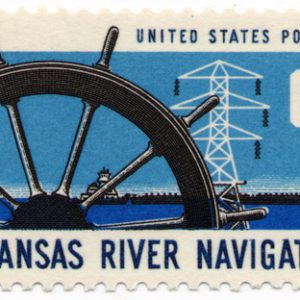 Arkansas River Navigation Project Stamp
Arkansas River Navigation Project Stamp
Arkansas Writers Project
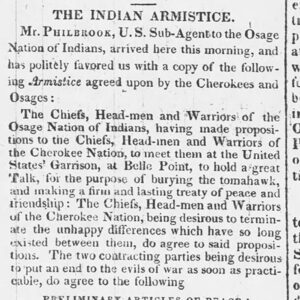 Armistice Story
Armistice Story
 Arthur Ormond Lock and Dam
Arthur Ormond Lock and Dam
 Arthur Ormond Lock and Dam
Arthur Ormond Lock and Dam
 Berryville Post Office Art
Berryville Post Office Art
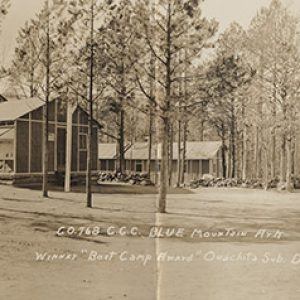 Blue Mountain CCC
Blue Mountain CCC
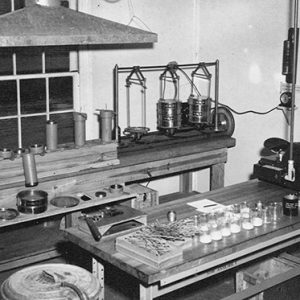 Testing Equipment
Testing Equipment
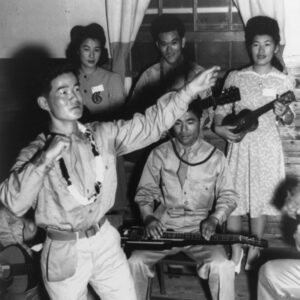 Camp Shelby Dance
Camp Shelby Dance
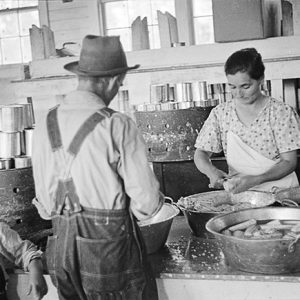 Canning at Dyess
Canning at Dyess
 CCC Boat Construction at St. Charles
CCC Boat Construction at St. Charles
 CCC Company 747
CCC Company 747
 CCC Enrollees
CCC Enrollees
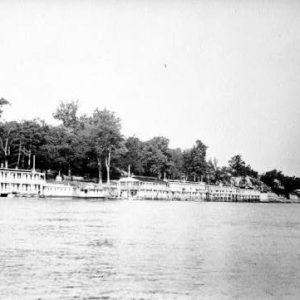 CCC Floating Camp at St. Charles
CCC Floating Camp at St. Charles
Civil Works Administration (CWA)
Civilian Conservation Corps (CCC)
 Clarksville Post Office Art
Clarksville Post Office Art
 Clover Bend Historic District
Clover Bend Historic District
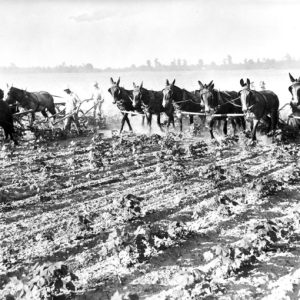 Cultivating Cotton
Cultivating Cotton
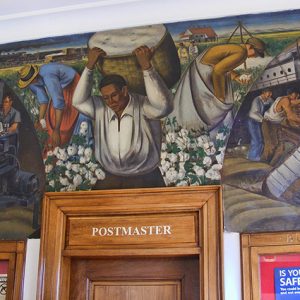 Dardanelle Post Office Art
Dardanelle Post Office Art
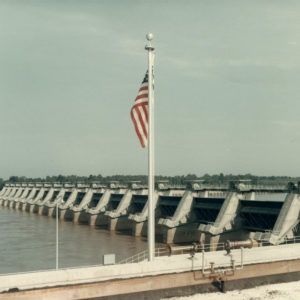 David D. Terry Lock and Dam
David D. Terry Lock and Dam
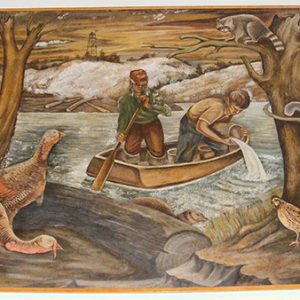 De Queen Post Office Art
De Queen Post Office Art
 Devil's Den State Park
Devil's Den State Park
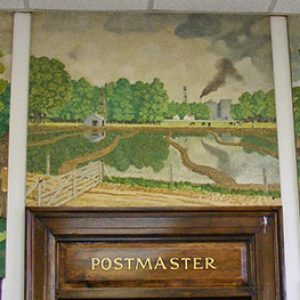 DeWitt Post Office Art
DeWitt Post Office Art
 DeWitt Post Office Art
DeWitt Post Office Art
Dyess (Mississippi County)
aka: Dyess Colony Resettlement Area
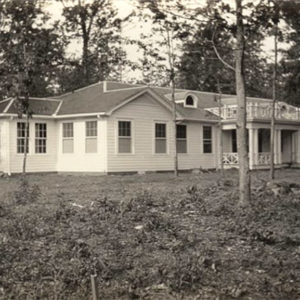 Dyess Hospital
Dyess Hospital
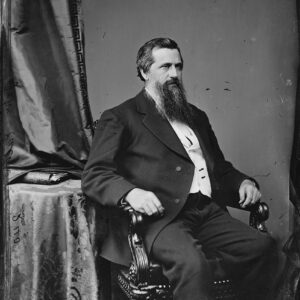 John Eaton
John Eaton
Education Reform
Farm Resettlement Projects
aka: Resettlement Administration
aka: Farm Security Administration
Floating CCC Camp at Jacks Bay
Fort Smith Council
Freedmen’s Bureau
aka: Bureau of Refugees, Freedmen, and Abandoned Lands
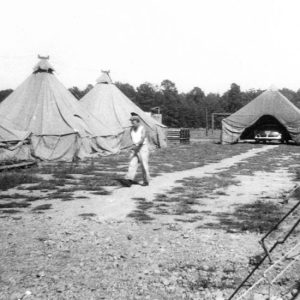 German POW Camp
German POW Camp
 Harry L. Hopkins
Harry L. Hopkins
Hunter, Joseph Boone
Indochinese Resettlement Program
aka: Operation New Life
 Japanese American Enlistees at Rohwer
Japanese American Enlistees at Rohwer
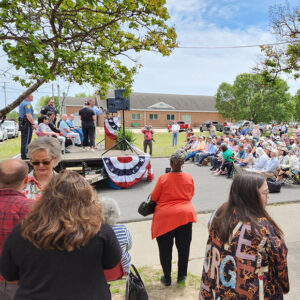 Japanese American Internment Museum Anniversary
Japanese American Internment Museum Anniversary
Japanese American Relocation Camps
 Jerome Buildings
Jerome Buildings
 Jerome Closing
Jerome Closing
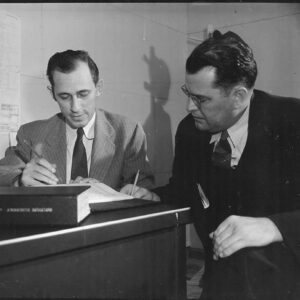 Jerome Directors
Jerome Directors
Jerome Relocation Center
Lake Dick
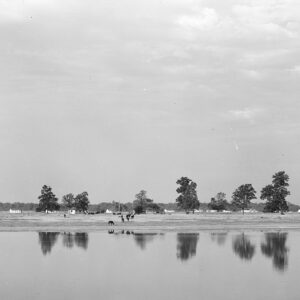 Lake Dick
Lake Dick
 Lake Dick Children
Lake Dick Children




